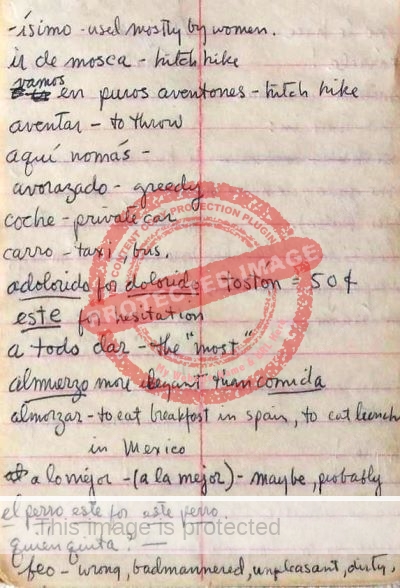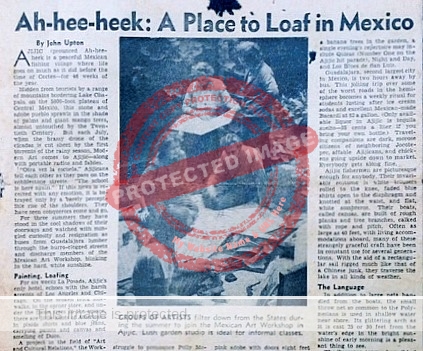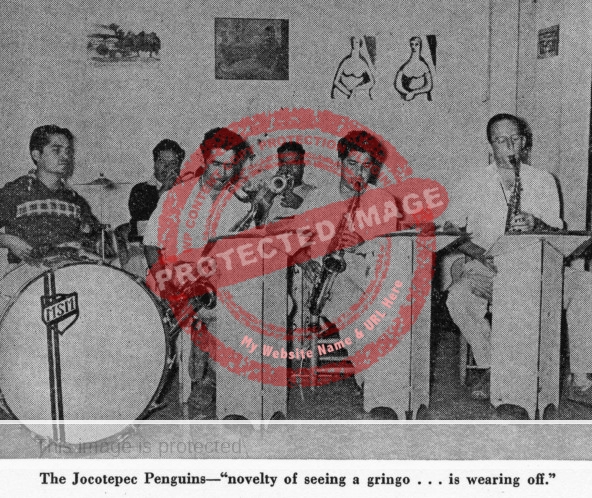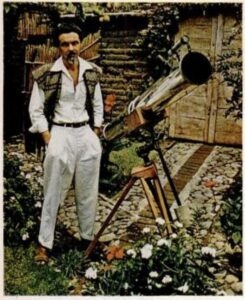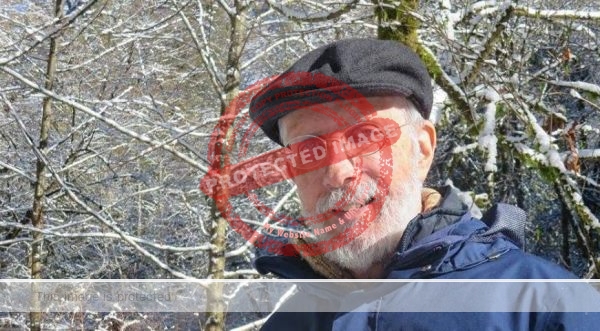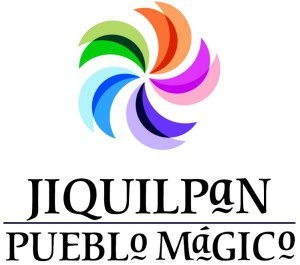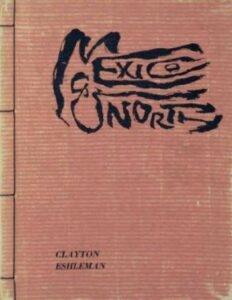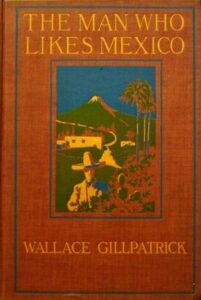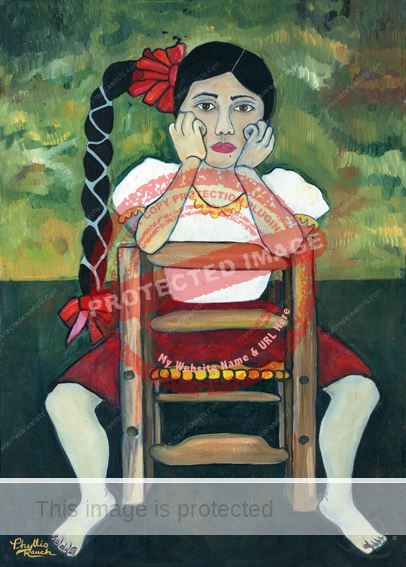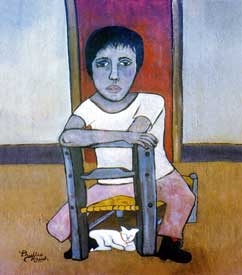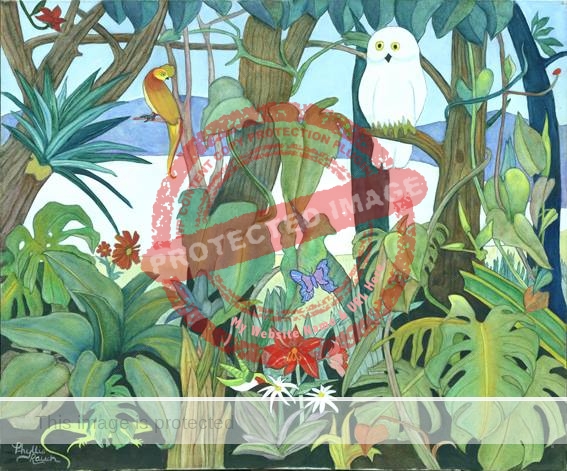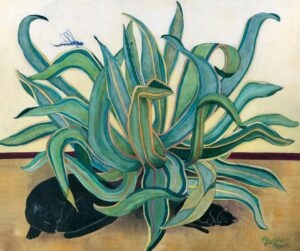According to American writer Oakley Hall, the novelist Christopher Veiel (born in 1925) was living at Lake Chapala at the same time he was in 1952. It is not known what, if anything, Veiel was working on during his time in Mexico, but his first (and apparently only) novel was published two years later (1954) in the U.K. as Intrigue (London: H. Hamilton) and in the U.S. as Hearts and Heads (Boston, U.S.: Little, Brown and Company).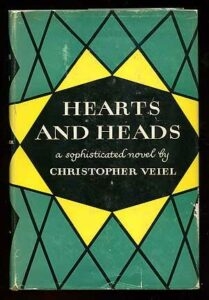
Veiel was also the translator (from French) of Francois Clement’s book, The Disobedient Son (Boston: Little, Brown, 1956) in which “Juan, an ignorant but proud and ambitious Indian, learns the ways of power in Veracruz and Mexico City, and returns to his village to lead the fight against those attempting to become the village bosses.”
A New York Times reviewer of Hearts and Heads wrote that Veiel “not only looks a little like a British F. Scott Fitzgerald — he has also taken a lease on a Fitzgerald subject, expatriate life in France and Switzerland, to write his first novel.”
The Kirkus Review of the book described it as “A frivolous entertainment” and “saucy and skittish.” The novel “follows the emotional escapades of Edward Wallingford and Constance, his young wife, as their first months of marriage take them to Geneva where Edward does not find with Constance the sexual incentive he has had with other girls… Constance, on the other hand, while appreciative that Edward is “such a rock” finds something softer in Pierre – the brother of the housekeeper of their neighbor Carlos, and now their chauffeur. Constance decides to marry Pierre but postponing the admission to Edward, the three leave for England where Pierre, in a moment of petulant pride, bares the past and turns on Edward – with a poker. Edward almost dies, and both Constance and Pierre are tried but cleared when Edward comes to their defense…”
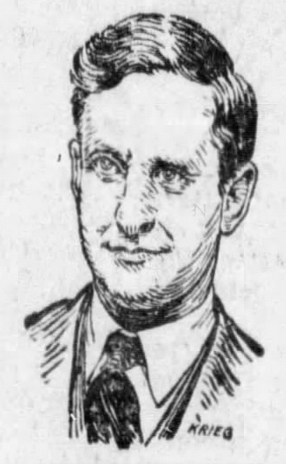
Christopher Veiel. St Louis Post, 30 July 1955, p4.
According to Michael Hargraves, by the time Hearts and Heads was published Veiel was living in Connecticut, having settled there after some extensive traveling. Whether or not this is really the case remains unclear.
Christopher Veiel, aka Cristoph Veiel and A. Christopher Veiel (where the name indicated by ‘A’ is unknown), was born in Basle (Basel), Switzerland on 8 November 1925 to Georg Ernst Veiel and his wife, Ilse Biema. After completing studies at Chillon College and a Licence en Droit (an undergraduate qualification in law) at the University of Geneva, he moved to the U.S. in about 1948, where he was employed to teach French, German and Latin at Choate School in Wallingford, Connecticut. He taught at the school from 1948 to 1952. At about the time Veiel left Switzerland, his parents appear to have moved first to Brazil and then Montevideo, Uruguay.
Aside: Choate alumni, according to Wikipedia, include President John F. Kennedy, Adlai Stevenson, playwright Edward Albee, novelist John Dos Passos, investor Brett Icahn, philanthropist Paul Mellon, screenwriter Geoffrey Fletcher, actors Glenn Close, Michael Douglas, Jamie Lee Curtis, Bruce Dern, Paul Giamatti, and Ivanka Trump.
Immediately after leaving Choate School, Veiel returned to Europe, to visit Spain and then Mexico (?) and South America. In the succeeding decade or so, Veiel crossed the Atlantic numerous times, and is also known to have visited the U.S. Virgin Islands, Puerto Rico, and South America.
Christoph Veiel is also credited on the movie database IMDb as the author of one segment (“Geld”) of the German educational film Hütet eure Töchter! [Take Care of Your Daughters!], filmed in 1962 and released in 1964, which had several different segments about the varied fates of girls and young women dealing with sexual curiosity, promiscuity, innocence, seduction, manipulation and exploitation. However, according to a German movie site, the segment authored by Veiel never made it into the final release.
If you know anything more about Christopher Veiel, please get in touch!
Note: This is an updated version of a post first published on 7 July 2014, and revised in 2018 and 2025.
Sources
- Michael Hargraves. 1992. Lake Chapala: A Literary Survey (Los Angeles: Michael Hargraves).
- Robert Lowry. 1955. “Lighter than Life; Hearts and Heads. By Christopher Veiel. New York Times, 24 July 1955, 89.
- The Kirkus Review: 15 Jun 1955. Hearts and Heads by Christopher Veiel.
- Christopher Veiel. 1954. Intrigue. London: H. Hamilton. Published in the U.S. as Hearts and Heads. Boston: Little, Brown and Company.
- Francois Clement (translated by Christophe Veiel). 1956. The Disobedient Son. Boston: Little, Brown and Company
Comments, corrections or additional material welcome, whether via comments feature or email.

